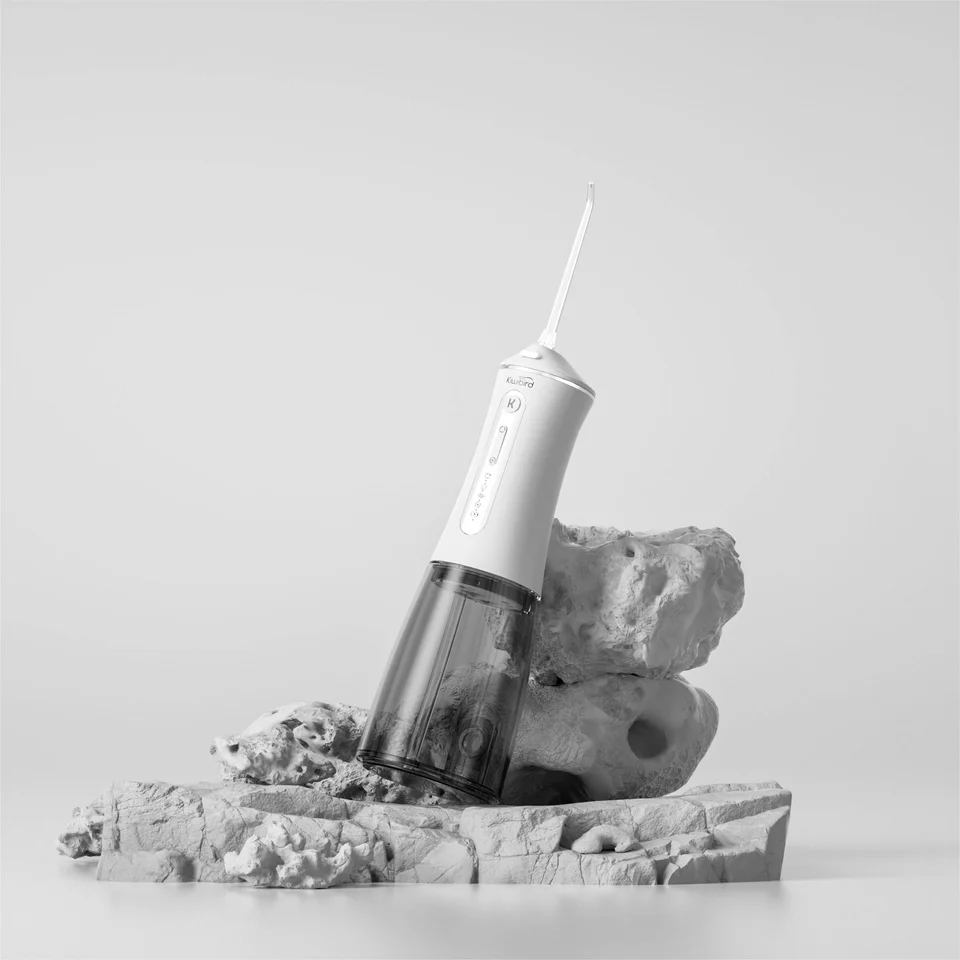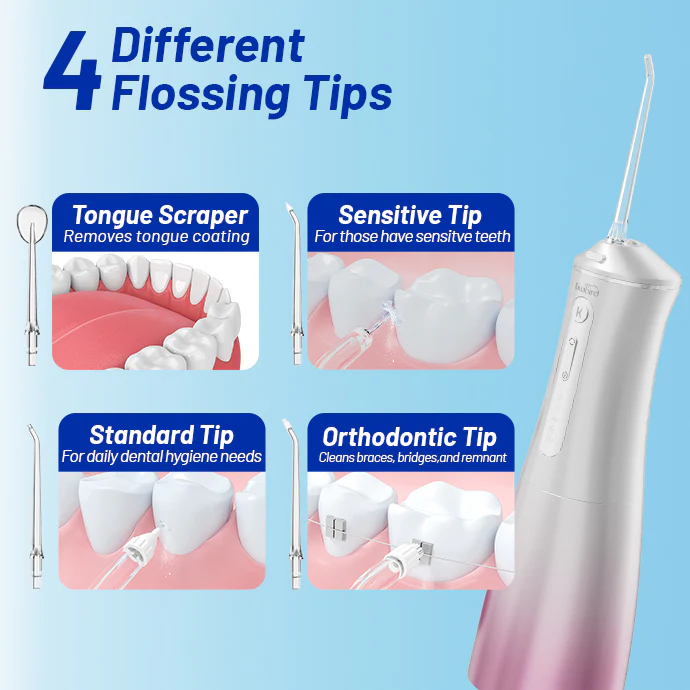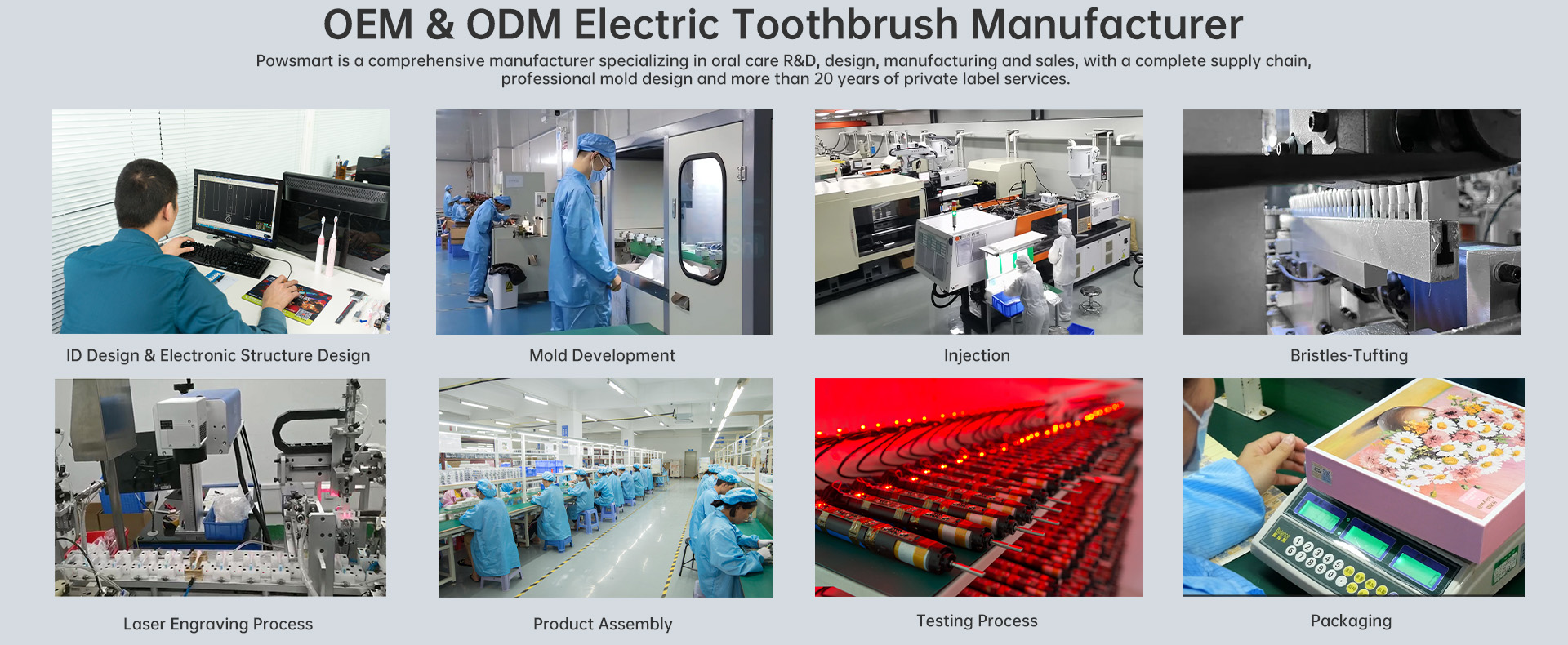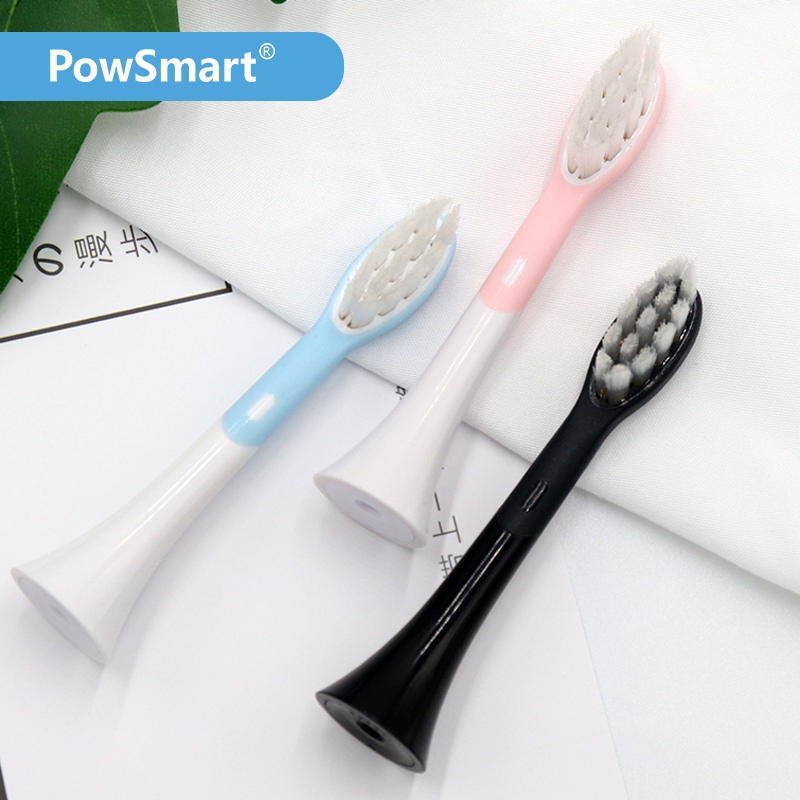Material degradation in oral care devices, such as electric toothbrushes and water flossers, is an often-overlooked issue. Yet, it can quietly lead to the release of harmful chemical residue into the user’s mouth, raising significant health concerns. For B2B manufacturers, this is not just a matter of consumer trust but also a critical compliance and product lifecycle issue. This blog will dissect the causes, risks, and prevention strategies related to material breakdown and chemical contamination in oral hygiene devices.
Material degradation refers to the physical or chemical breakdown of components over time due to factors like:
As the material degrades, microscopic particles or chemical residue may leach from brush heads, water tanks, seals, or internal tubing—especially in low-cost devices or poorly stored stock.
When chemical residue enters the mouth, it may:
For children and users with oral ulcers or compromised immunity, the consequences may be more severe, requiring clinical attention. Company web: https://www.powsmart.com/product/electric-toothbrush/
The following design and manufacturing oversights can significantly speed up material degradation:
In addition, devices stored long-term in high-humidity environments, such as warehouse stock without climate control, are highly vulnerable.
Manufacturers and distributors should monitor for these early indicators:
These signs often precede more severe health-related reports, making proactive detection vital.
To reduce the risk of chemical residue caused by material degradation, consider the following:
These enhancements not only protect end users but also reduce warranty claims and ensure smoother regulatory approvals.
Regulatory bodies such as the FDA, CE, and China’s NMPA are paying increasing attention to chemical safety in consumer products. Failing to manage material degradation risks may lead to:
Thus, investing in safe materials isn’t just ethical—it’s a strategic safeguard.
Material degradation and the resulting chemical residue are silent threats that can compromise both product safety and business credibility. For B2B oral care device manufacturers, early attention to material selection, chemical compatibility, and quality control processes is essential. At our manufacturing facility, we integrate advanced testing and certified materials to ensure every product delivered is safe, durable, and regulation-ready. Contact us


.jpg)
Vestibular Stimulation Worsening Tooth Demineralization?

Antibacterial Water Flosser Technology Trend: The Importance of UV Sterilization for Water Tank Hygiene Assurance
.jpg)
Is Sensitive Gum Electric Toothbrush Shedding Bristles?
User Adaptation Struggles from Improper Angle Use? Device Design Matters!
Electric Toothbrush with Pressure Sensor – OEM Design & Wholesale Supply
Compatibility Confusion with Nozzle Replacement? What OEM Buyers Must Know
.jpg)
The Secret of the Cross-Sectional Shape of Electric Toothbrush Bristles: The Difference Between Diamond, Round and Cone in Protecting Gums
Does Reservoir mold in Water Flosser Tanks Block Spray Tips?
Light Burns Cause Bite Misalignment? Whitener Safety Controversy!
.jpg)
Customization of Oral Irrigator Pulse Frequency: How to Balance 1400–1800 Times/Minute with Noise Control?
Waterproof Failure Causing Material Toxicity? A Silent Risk in Oral Care Manufacturing
Brush Shedding with Sensor Failure? What B2B Buyers Must Know!

Can a Folding Toothbrush Design Make This Travel Electric Toothbrush Fit in a Wallet?
.jpg)
Is Bluetooth Toothbrush APP Tracking Failure Causing User Adaptation Issues?

Affordable Electric Toothbrush Recommendations for Students: A Guide for Oral Care Brands

Why Is the Powsmart Ortho Head Key to the Clean Braces Technique?
.jpg)
Florida Electric Toothbrush – Powsmart PTR-C8

Private Label Whitening Gel

electric toothbrush heads Charcoal Infuse-Round

Customization Teeth Whitening Gel

electric toothbrush heads Regular Clean

electric toothbrush heads Deep Clean

Electric toothbrush heads Charcoal Infused-Diamond

electric toothbrush heads Ultra Soft
whstapp
whstapp
National Toll-Free Service Hotline
+86 755 86238638